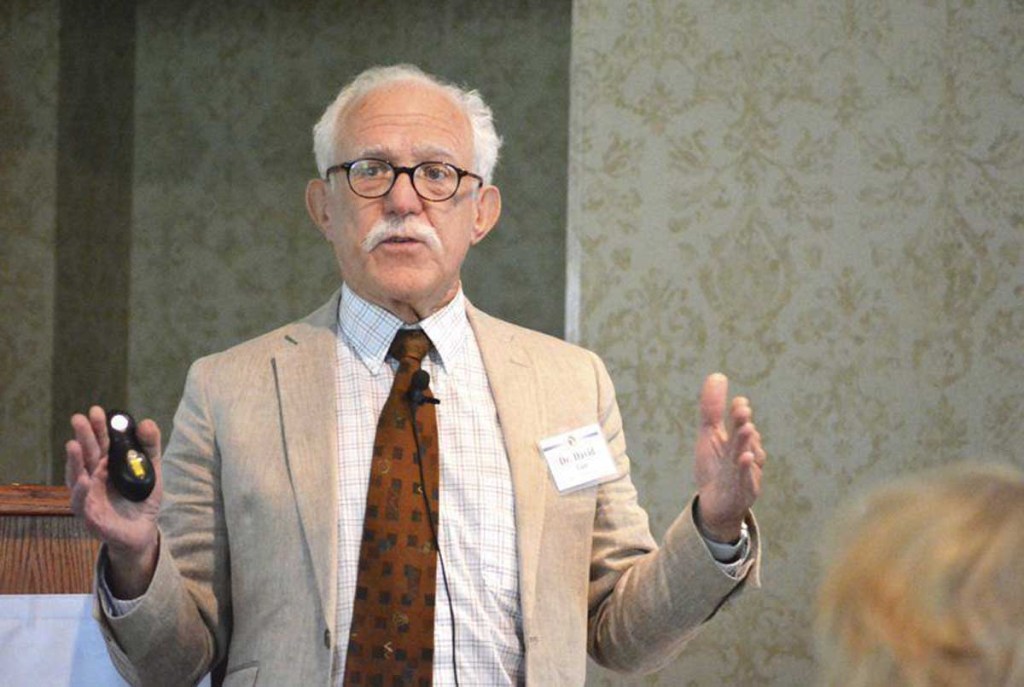Michigan researcher says world’s population growth will slow
Published 12:48 pm Wednesday, June 29, 2016

- David Lam, director and research professor of the Institute for Social Research at the University of Michigan, speaks about world population trends at the June meeting of the Economic Club of Traverse City, Michigan.
TRAVERSE CITY, Mich. — A social research professor at the University of Michigan contradicts many of his counterparts around the world when he says that the Earth’s population likely will level out in the coming decades.
David Lam, director and research professor of the Institute for Social Research at the University of Michigan, told a group gathered for the Economic Club of Traverse City’s June meeting that birth and death rates suggest the globe’s population may stabilize or even begin to decline by the year 2100.
Trending
“Especially in Europe, the population is getting very old, very fast,” Lam told the Traverse City, Michigan Record-Eagle. There has been “a huge shift from a young population to an old population, over time. There are going to be a lot of old people.”
That’s a future quite different from one predicted by some who believed rapid population growth in the last few decades would outstrip our ability to grow food. Researchers in the 1960s and 1970s forecast a gloomy future of famine around the globe. And as recently as 2014, United Nations projections had the world’s population reaching as high as 12.3 billion by the year 2100. The world’s current population is about 7.3 billion, according to the U.S. Census Bureau.
Lam said the world’s population has accelerated at an amazing rate in the last 50 years. But widespread famine failed to materialize because food production sprouted faster than population, he said.
Some researchers have highlighted India — the planet’s second most populous country with 1.26 billion people — as an area of concern. But “since the 1980s, India’s food production has way outstripped population growth,” Lam said.
Birth rates have also decreased over the last half century. People are on average living longer, but having fewer kids. In 1950, women all over the world gave birth to an average of 5 children. In 2015, that number had fallen to 2.5 children.
“The population growth in Mexico is about to stop,” Lam said.
Trending
The birth rate in Mexico now, he said, is about the same as in the United States.
“All this is really the momentum of the 1960s population growth,” Lam said.
Instead of a globe populated mostly by massive numbers of young, unskilled workers, the world now is a place filled with plentifully skilled older folks, he said. Humanity moved from an era of primarily large families and low education levels to an era of small families and better education.
“That’s really the difference between the world of the 1960s and the world of today,” he said.
Lam doesn’t believe the global death rate can move much lower. The global birth rate appears to be stabilizing. The most recent figures from the United Nations’ research suggests world population will likely level off within 50 years, perhaps even begin to drop.
“It’s pretty clear the world will never again grow that fast again,” he said.
Nielsen writes for the Traverse City, Michigan Record-Eagle.





